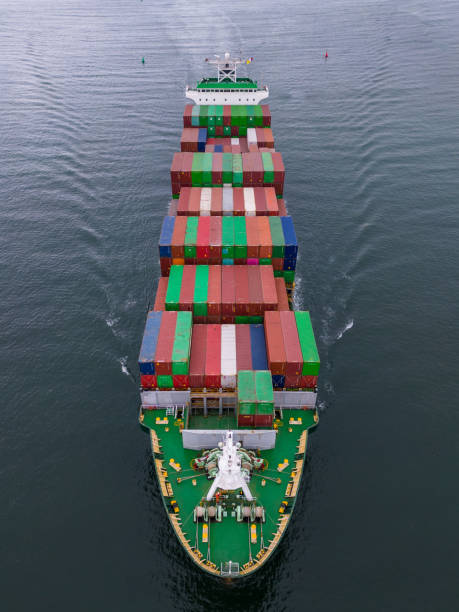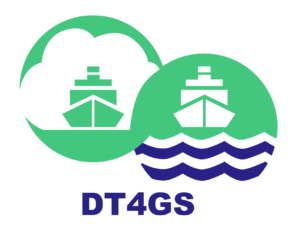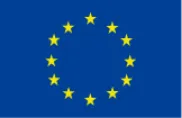The aim of the DT4GS project is to create a multipurpose platform able to perform CO2 emissions evaluation by means a tailored digital twin. A digital twin can be created using a model-based design approach. The mathematical model can be used to simulate the behaviour of the physical system, analyse its performance, and optimize its design.
In the scope of the task 1.2 of the project, a number of models are being created to simulate the main processes and components of the ship.
All the models togheter, linked in the DT4GS model framework, represent a virtual replica of the main aspects of the ship, connected to the physical asset through sensors, which provide data about the asset’s performance. By comparing the data from the sensors with the predictions of the digital twin, it is possible to detect deviations from the expected behaviour and take corrective actions to improve the performance of the physical asset. Integrating those models with the ones related to the new green solutions in the naval field the DT4GS application will allow the user to evaluate the impact of those new solutions on their ship’s efficiency and emissions.
DT4GS has received funding from the Horizon Europe framework programme under Grant Agreement No 101056799.





